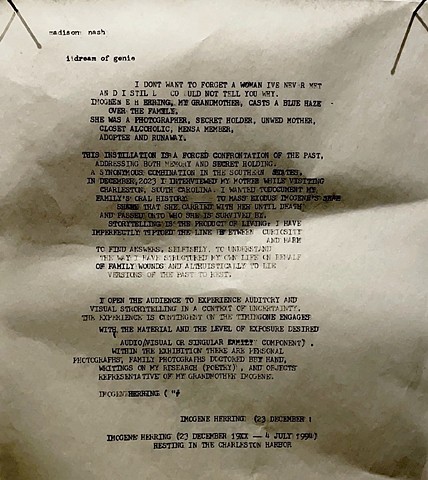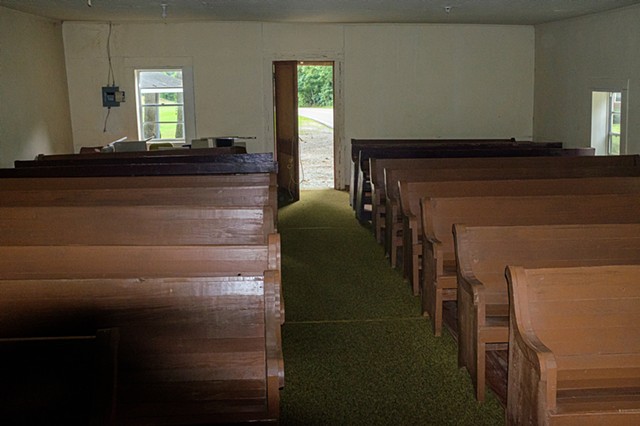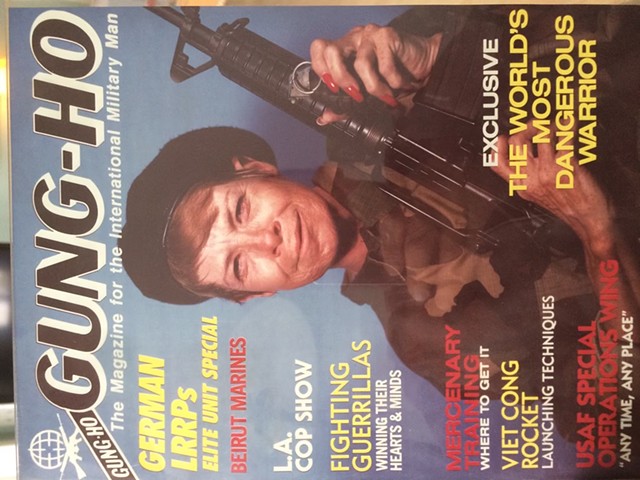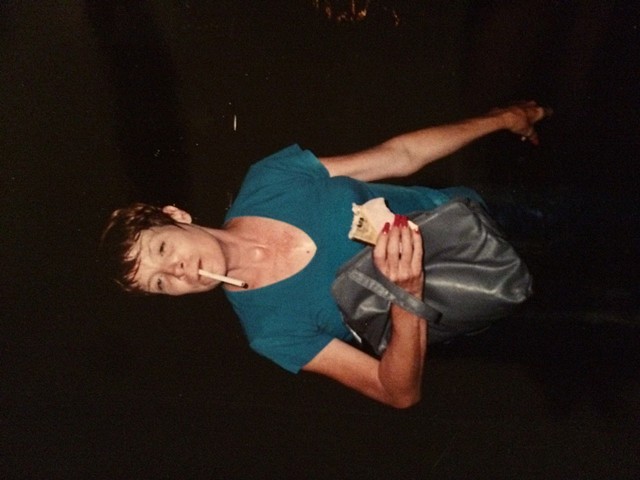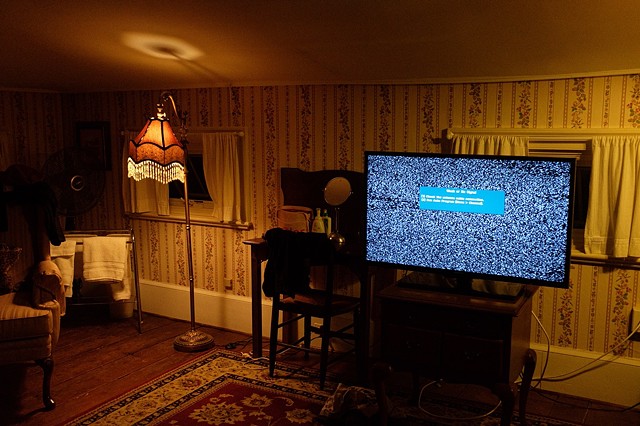Madison Nash, I dream of Genie
Through interdisciplinary methods, I am telling the story of my grandmother and other matrilineal figures in my family, opening up heavy topics and taboo subjects within a Southern context. This includes societally enforced early motherhood and specifically, the institutions known as “unwed mothers’ homes.” The young women staying in these unwed mothers’ homes were forced to sign off on “closed adoptions,'' leaving generations of adoptees disconnected from their birth parents. My grandmother Imogene knew this well. She was forced to become a transient in these homes after becoming pregnant two separate times. Decades later, the modern technology of DNA testing and long-term private investigation allowed me to meet my long lost uncle in my teenage years. Our similar longing to know Imogene, in her absence, has elicited complicated and obsessive conversations. Using sculpture, text and photography, I have undertaken sorting through unspoken and buried histories concerning my matriarchal predecessors. Blood may be thicker than water, but these stories are seemingly the antithesis of the way I have structured my life, and maybe the cause.
Women in my family sewed and repaired porcelain dolls, both creating and taking up space with their art despite embodying the traditional roles of Southern wives. Imogene played the role of a wife and mother but shied away from the role of woman. She became a photographer, and feverishly documented men shooting at gun shows in California. I am reclaiming these practices to pay homage to the context I have been born into. My thesis exhibition, I dream of genie, is an installation that brings together photographs I have taken, found photographs (of my family) in which I have erased the patriarchal figures, other ephemera (including a magazine cover of my grandmother holding a rifle), items I have handmade (such as a doll in the likeness of Imogene), and autobiographical writings that reflect upon my research (oral and documented history)—all within a homelike space furnished with second hand pieces. But this is a home one might not yearn to return to. One in which unspoken family history makes the space feel empty. It is one where religiosity could be oppressive, where women remain compliant or risk shame. Where taboo behavior was overtly ascribed to women; they, the physical flesh adorning generational family secrets.
The women in my work have diverse life experiences yet share similar wounds. This exhibition is an attempt to connect them—through themes of birth, loss, and a surreptitious sense of humor.
